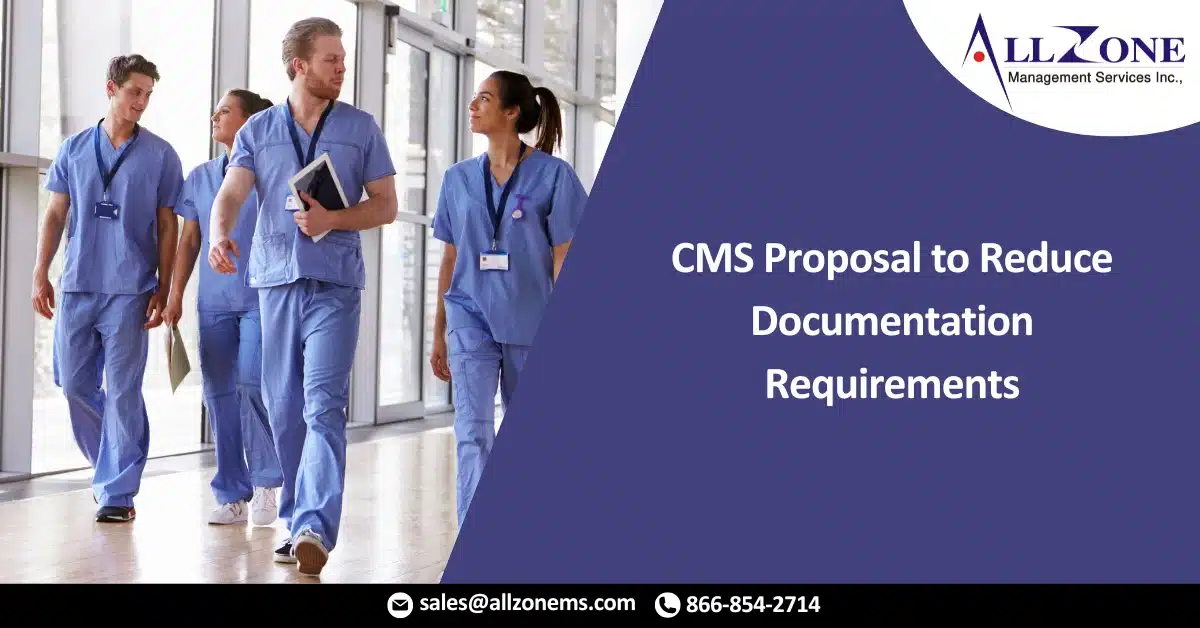CMS proposes to ease burdens on providers.
When it comes to the ever-changing Centers for Medicare & Medicaid Services (CMS) agency rules and regulations, one can’t help but be reminded of the classic tune by The Byrds: “to everything (turn, turn, turn), there is a season (turn, turn, turn).”
The last several decades have been fraught with increasing documentation requirements. Yet recently we saw the CMS proposal to eliminate documentation requirements for providers in office evaluation and management (E&M) documentation, as the agency continues its proposal trend with the latest rendering of less being more.
On Sept. 17, CMS sent out a proposed rule under the catchy title “CMS Proposes to Lift Unnecessary Regulations and Ease Burden on Providers.” According to CMS, this new proposed rule will save $1.12 billion per year, cut “red tape,” and reduce “burdensome regulations,” as requested of the agency by Donald Trump, the 45th and current President.
According to CMS, “this proposed rule would increase the ability of healthcare professionals to devote resources to improving patient care by eliminating or reducing requirements that impede quality patient care or that divert resources away from furnishing high-quality patient care.”
The proposal includes three categories: 1) Proposals that simplify and streamline processes; 2) proposals that reduce the frequency of activities and revise timelines; and 3) proposals that are obsolete, duplicative, or that contain unnecessary requirements.
The proposals that may impact providers can be found in 1) Proposals that simplify and streamline processes:
1.c. ASC Requirements for Comprehensive Medical History and Physical Assessment, which indicates that the Ambulatory Service Center (ASC) policy and operating physician’s clinical judgment should be utilized to ensure that patients receive appropriate pre-surgical assessments that are tailored to each case and the type of surgery being performed. The new requirement would be that the operating physician must document any preexisting medical conditions, appropriate test results, and any allergies to drugs and biologicals, eliminating the requirement for a full medical history and physical examination (H&P).
1.g. Hospital Requirements for Comprehensive Medical History and Physical Examinations: This proposal would defer to facilities to establish a medical staff policy describing the circumstances under which they could utilize a pre-surgery/pre-procedure assessment for an outpatient, instead of a comprehensive H&P. Per the proposal: the hospital’s policy would need to take into consideration patient age, diagnoses, the type and number of surgeries and procedures scheduled to be performed, comorbidities, and the level of anesthesia required for the surgeries or procedures. The policy would also need to incorporate nationally recognized guidelines and standards of practice in order to assess specific types of patients prior to specific outpatient surgeries and procedures.
1.n. Personnel Requirements for Portable X-Ray Technologists: This proposal would eliminate the requirements for signed orders for portable X-ray services.
Proposals That Are Obsolete, Duplicative, or That Contain Unnecessary Requirements: 3.1 removes the requirement for hospitals to secure autopsies in all cases of unusual deaths and defers to state law requirements.
Although not directly impacting providers, and in keeping with the theme of disaster preparedness that has been common in this country in recent years, the 2) proposals that reduce the frequency of activities and revise timelines include:
2.p. Emergency Preparedness Requirements: Requirements for Emergency Plans, which would eliminate the need for facilities to document efforts to contact local, tribal, regional, state, and federal emergency preparedness officials. Additional proposals that bear mention include 2.g. Emergency Preparedness Requirements: Requirements for Annual Review of Emergency Program., 2.h. Emergency Preparedness Requirements: Requirements for Training and 2.i. Emergency Preparedness Requirements: Requirements for Testing. These emergency preparedness requirements necessitate perusal by facilities.
For more information: CLICK HERE

